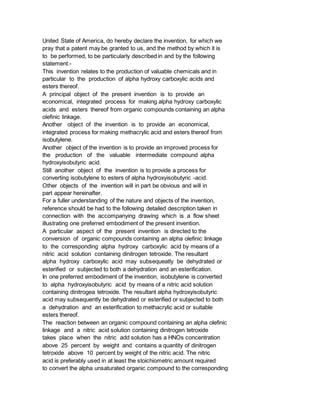This document describes a method for preparing low molecular weight polymers of esters of methacrylic acid. Specifically, it involves the thermal polymerization of monomers like methyl methacrylate at temperatures between 225-350°C without polymerization inhibitors. This allows the monomers to polymerize via an equilibrium step-reaction into mixtures of dimers, trimers, tetramers and higher polymers up to a degree of polymerization of 50. Several examples are provided demonstrating the preparation of specific low molecular weight polymer mixtures from various methacrylate monomers at different temperatures and times.




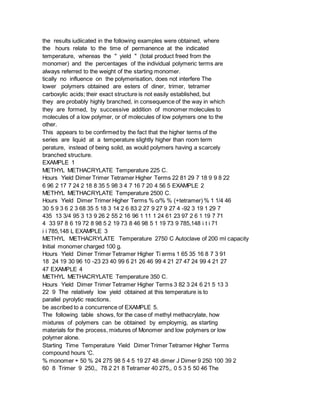
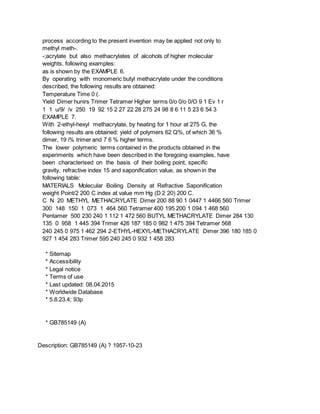












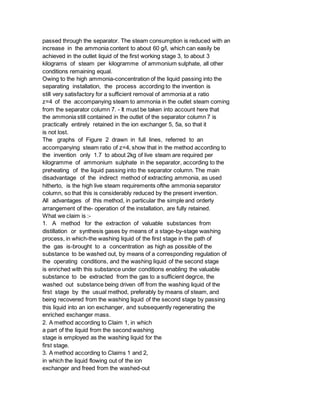

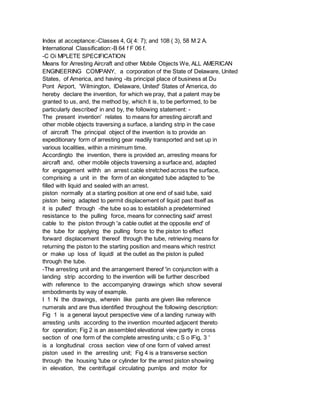


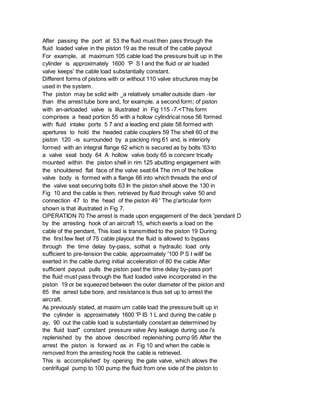
![the other This pump may lbe operated continuously during landing
operations.
* Sitemap
* Accessibility
* Legal notice
* Terms of use
* Last updated: 08.04.2015
* Worldwide Database
* 5.8.23.4; 93p
* GB785152 (A)
Description: GB785152 (A) ? 1957-10-23
Preparation of -a - hydroxycarboxylic acids and derivatives thereof
Description of GB785152 (A)
A high quality text as facsimile in your desired language may be available
amongst the following family members:
DE1109160 (B)
DE1109160 (B) less
Translate this text into Tooltip
[79][(1)__Select language]
Translate this text into
The EPO does not accept any responsibility for the accuracy of data
and information originating from other authorities than the EPO; in
particular, the EPO does not guarantee that they are complete,
up-to-date or fit for specific purposes.
COMPLETE SPECIFICATION
Preparation of cc - Hydroxycarboxylic acids and derivatives thereof
We, NATIONAL RESEARCH CORPORATION, a corporation organized and
existing under the laws of the State of Massachusetts, United
States of America, located at 70 Memorial
Drive, Cambridge 42, State of Massachusetts,](https://image.slidesharecdn.com/kkekfgn1rm2izkf6981h-signature-53eba954345453edc5de9194cccd4b3888e9269e351cc813f4bc937b5a231c0a-poli-160128183101/85/4741-4745-output-25-320.jpg)
